Good to hear from you. Thanks for news of family and blueberries.
I am certain that you must be shaken by recent destabilizing events--in Ukraine, Africa, Syria, Europe and most recently the USA. God help us all! Needless to say that we, like the majority of rational American citizens, are shocked and deeply concerned for the outcome of the national elections here--especially the results of the contest for president. It is truly troubling. I worry that our world, driven by fear, inequality, unrest, and anxiety, may be returning to the tribalism, extreme nationalism,"scapegoating", intolerance, and militarism that marked the politics of the 1930's.
How could we elect a Trump? We know him to be a racist, a misogynist, a liar, a narcissist, a bully, a con-man, and a megalomaniac--a man with NO real friendships--a man with NO governing experience--a man with serious personality disorders--a man unfit for ANY public office. While he obviously spoke to the deep frustrations and anger of a working class that has felt
increasingly marginalized and excluded by the global changes taking place in the world, I don't want to believe that Donald Trump is a reflection of mainstream American values, belief, and ideals. How could so many be so foolish and so reckless as to express their protest in a way that now endangers not only their own future, but also the future of a very fragile world?
Our hope must be in the American tradition of "peaceful transition of power" and in our strong democratic institutions with constitutional "checks and balances" to hold those in power accountable. Trump will be the new American president. He will be given his opportunity to govern, but he will be watched very closely--and held accountable.
Our love to all of you,
Rick

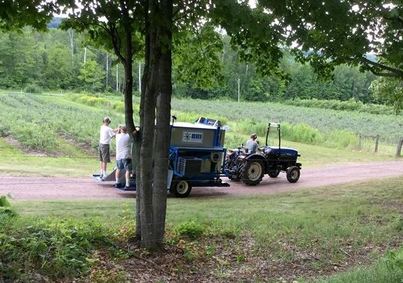
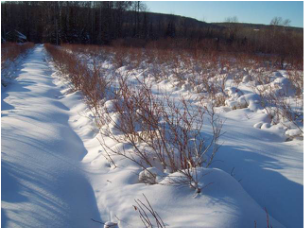

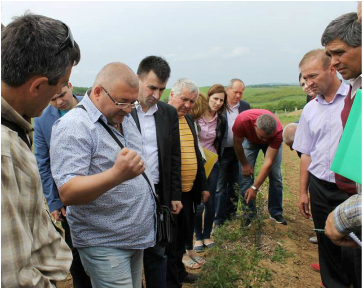
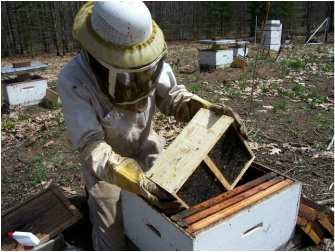

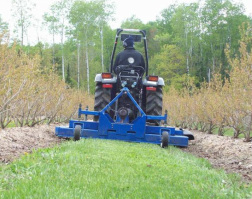

 RSS Feed
RSS Feed
